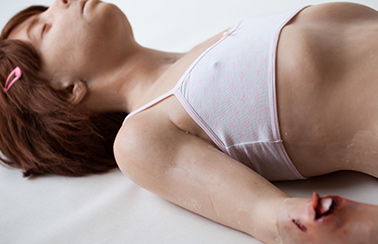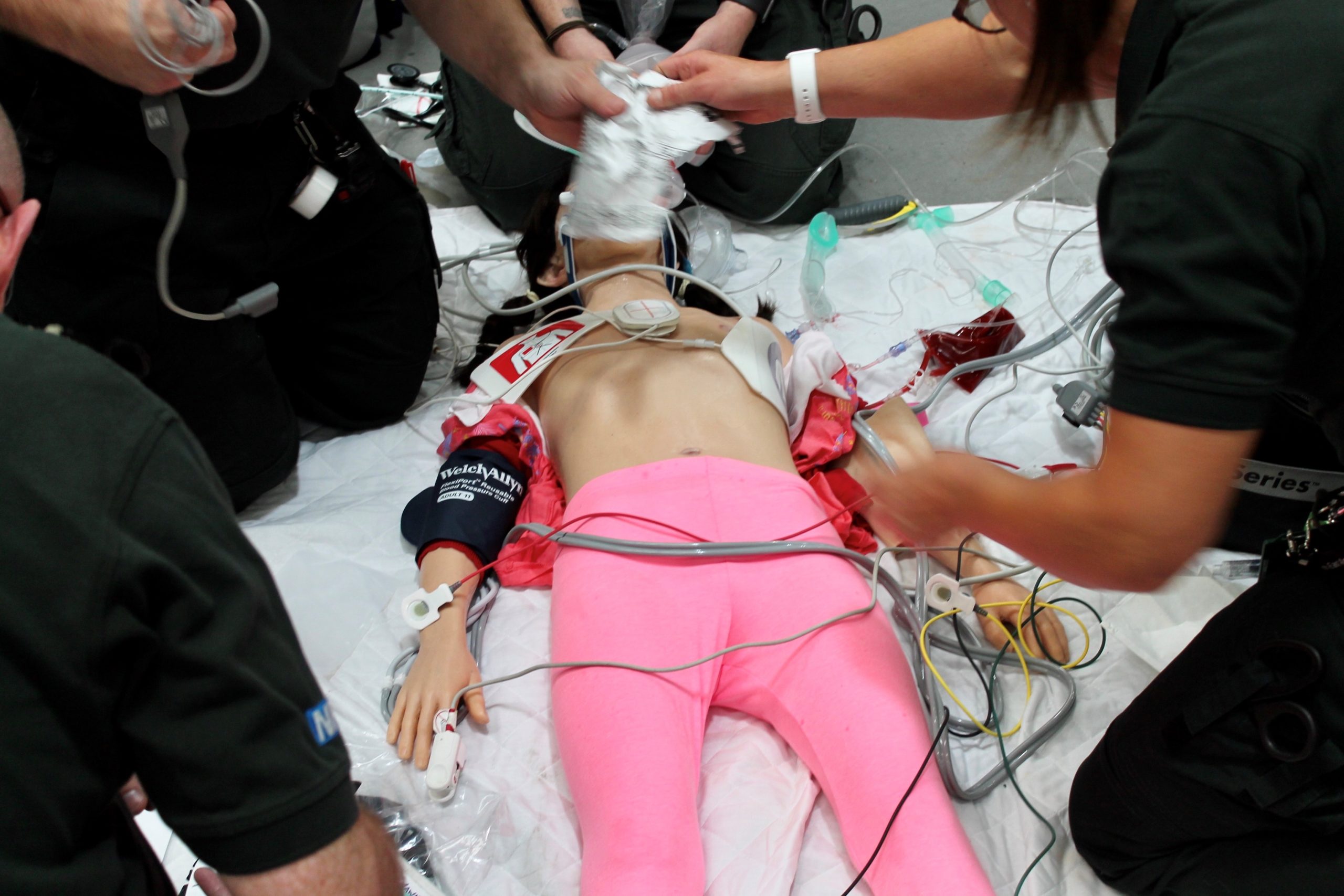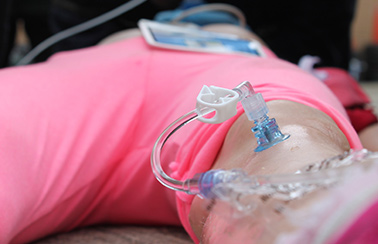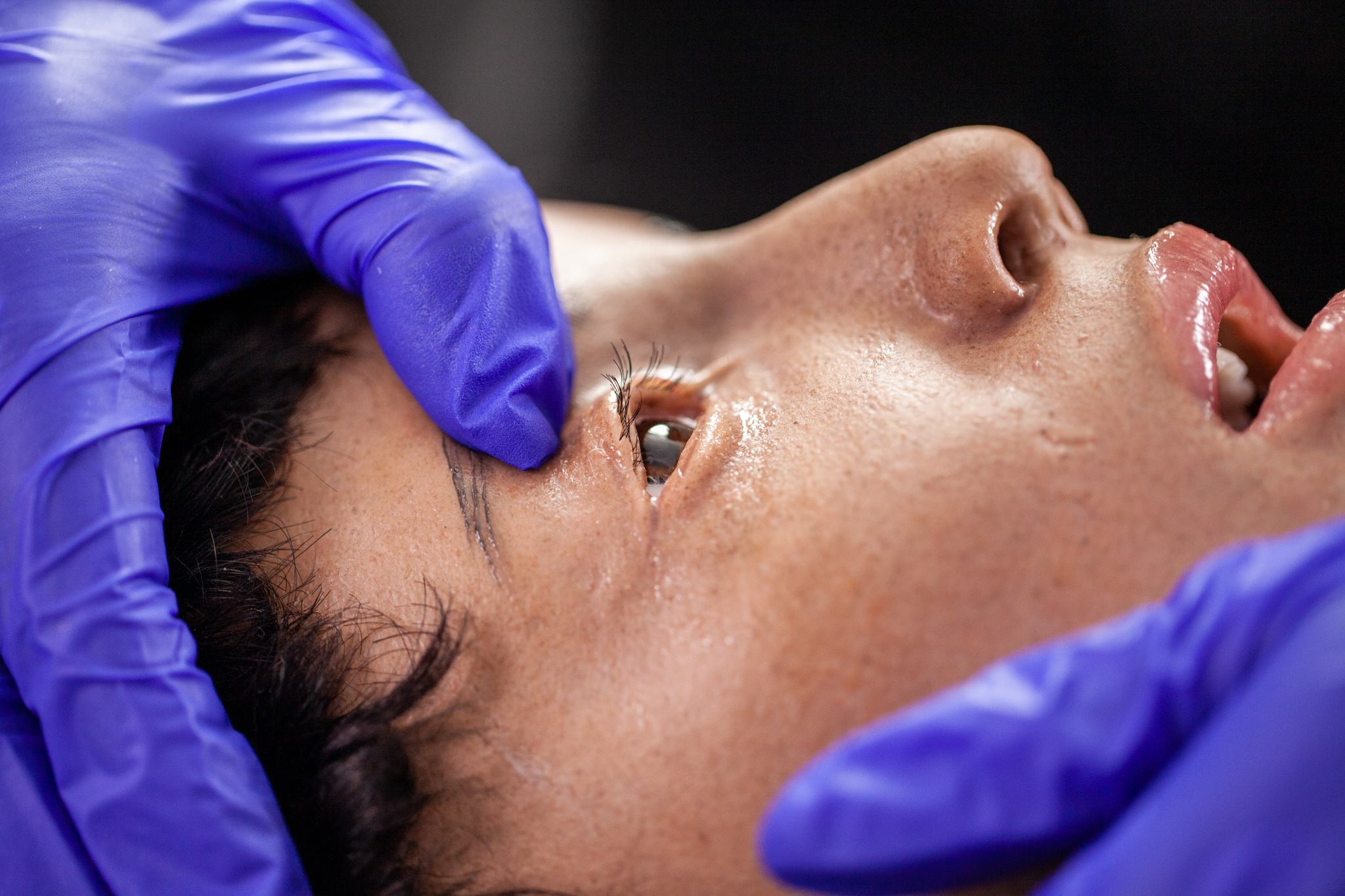Advanced Child Manikin (Age 9-10)
Child 10y/o Advanced: Female: TR0210 / Male: TR0211
The SIMBODIES Advanced Child Manikins are life-like paediatric patient simulators, often used by medical educators and clinicians for medical training purposes. The function of SIMBODIES Advanced Child Manikins is to replicate the look and appearance of either a male or female infant patient, around the age of 10 years old, and are produced using skin safe Prosthetic Grade Platinum Silicone.
Our Advanced Child Manikins can feature various medical capabilities. They have the appearance and feel of genuine child human skin, pigmentation, hair and eyes, and are available in both male and female, helping trainees to experience a highly realistic and accurate training experience for all users.
This device may not be cleared or licensed for use or sale in your individual country.
Please contact your local distributor for information regarding availability of this product.
Key Features
- Mouth & jaw capable of airway management, can be intubated & ventilated
- Capable of chest compressions
- Needle decompression in the 2nd intercostal space in the midclavicular line (front)
- Blood filled Intraosseous (IO) sites
- Partially open eyes capable of manual eyelid movement
- Splashproof and washable skin
- Male or female genitalia
- Hand punched hair
- Handmade in the UK
- Integrated Bluetooth speaker (back of neck to simulated voice and breathing sounds)
- Age: Approx 9-10 years old
- Ethnic Skin Tone Options available: White, Middle Eastern/Asian, Black/African American
- Clothing size: aged 9/10
- Height: 4'2"
- Shoe size: UK 1, EU 33, US 2
Medical Procedures
* Available with bespoke options only.
- Able to Bleed - at different/ multiple sites
- Application of a Tourniquet
- Direct Pressure
- Indirect Pressure
- Wound Packing*
- Junctional Bleeding
- Airway Sounds
- Head Tilt
- Chin Lift
- Jaw Thrust
- Postural Airway Management
- Nasopharyngeal Airway Insertion
- Oropharyngeal Airway Insertion
- Supraglottic Airway Device Insertion
- Laryngoscopy / Tracheal Intubation
- Application of a Spinal Collar
- Application of Manual Inline Stabilisation
- Sucking Chest Wounds
- Artificial Ventilation (BVM/Ventilator)
- Application of Chest Seal
- Needle Thoracocentesis *
- Unstable Pelvis
- Application of Various Dressings
- Application of Pelvic Binder
- Application of Traction Device
- Intraosseous Access
- Intravenous Cannulation *
- Cardiopulmonary Resuscitation
- Application of AED/ Defibrillator Pads
- Ability to move patient
- Ability to undress patient
- Patient bed bath






